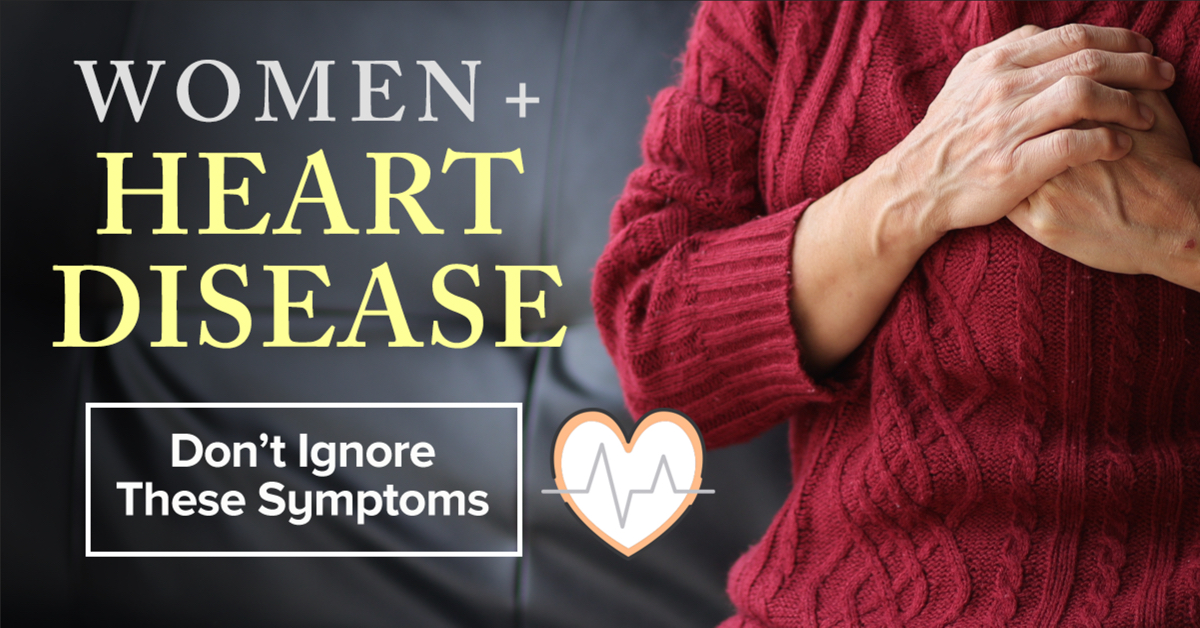More than 60 million women in the U.S. are living with some form of heart disease.
Heart disease and stroke can affect a woman at any age.
Heart disease is the number one killer of women – it’s responsible for 1 in every 5 female deaths.
Only about half of women living in the U.S. understand that heart disease is their number one killer.
Surprised? If so, you’re not alone. Many women are not aware of their risk or the fact that symptoms can present differently in women.
“In recognition of American Heart Month, we’re joining with other organizations across the country to raise awareness about heart disease,” said Sierra Goetz, co-founder and operations director at Tudor Oaks Home Care’s partner, the HomeCare Advocacy Network (HCAN). “Knowing the facts about heart disease – as well as the signs and symptoms – can help women take steps to protect their health and, if needed, seek treatment.”
According to experts at the Mayo Clinic, the most common heart attack symptom in women is the same as men – some type of chest pain, pressure or discomfort that lasts more than a few minutes or comes and goes. However, women are more likely to have heart attack symptoms unrelated to chest pain, such as:
- Neck, jaw, shoulder, upper back or upper abdomen discomfort
- Shortness of breath
- Pain in one or both arms
- Nausea or vomiting
- Sweating
- Lightheadedness or dizziness
- Unusual fatigue
- Heartburn
The good news? There are simple lifestyle changes you can make to reduce your risk of heart disease, including:
Understanding your risk factors. The first step toward heart health is understanding the factors that may increase your risk for heart disease. For example, people age 65 and older are at greater risk, because aging changes the heart and blood vessels. While age and family history are risk factors you can’t control, many others can be managed – including blood pressure, cholesterol, weight, exercise and diet.
Controlling blood pressure. High blood pressure is a major risk factor for heart disease, so it’s important to get your blood pressure checked regularly and make the necessary lifestyle changes to keep it in check.
Monitoring cholesterol and triglyceride levels. High levels of cholesterol can clog your arteries and raise your risk of coronary artery disease and heart attack. High levels of triglycerides may also raise the risk of coronary artery disease, especially in women.
Choosing heart-healthy foods. Limit saturated fats, foods that are high in sodium and added sugars. Also eat plenty of fresh fruit, vegetables and whole grains.
Maintaining a healthy weight. The more body fat that you have, the more likely you are to develop heart disease, high blood pressure and other chronic conditions, including type 2 diabetes, breathing problems and certain cancers.
Quitting smoking. If you do not smoke, don’t start. If you do smoke, quit. Smoking can significantly raise your risk of heart disease and heart attack. Also try to avoid secondhand smoke.
Rethinking what you drink. Substitute water for sugary drinks to reduce calories, and drink alcohol in moderation.
Exercising regularly. Regular exercise will strengthen your heart and improve circulation. It can also help you maintain a healthy weight and help lower cholesterol and blood pressure.
Managing stress. Stress can contribute to high blood press and other heart disease risk factors. Research also suggests that an emotionally upsetting event can serve as a trigger for a heart attach or angina in some people.
Getting enough sleep. Not getting enough sleep or good quality sleep can, over time, raise your risk for chronic health problems – including heart disease. The amount of sleep you need will change as you age but, in general, most adults should aim for 7 – 9 hours of sleep a night.
The American Heart Association offers many great resources, including information to help you maintain a healthy lifestyle and recognize the symptoms of heart attack or stroke. To learn more, visit heart.org.
